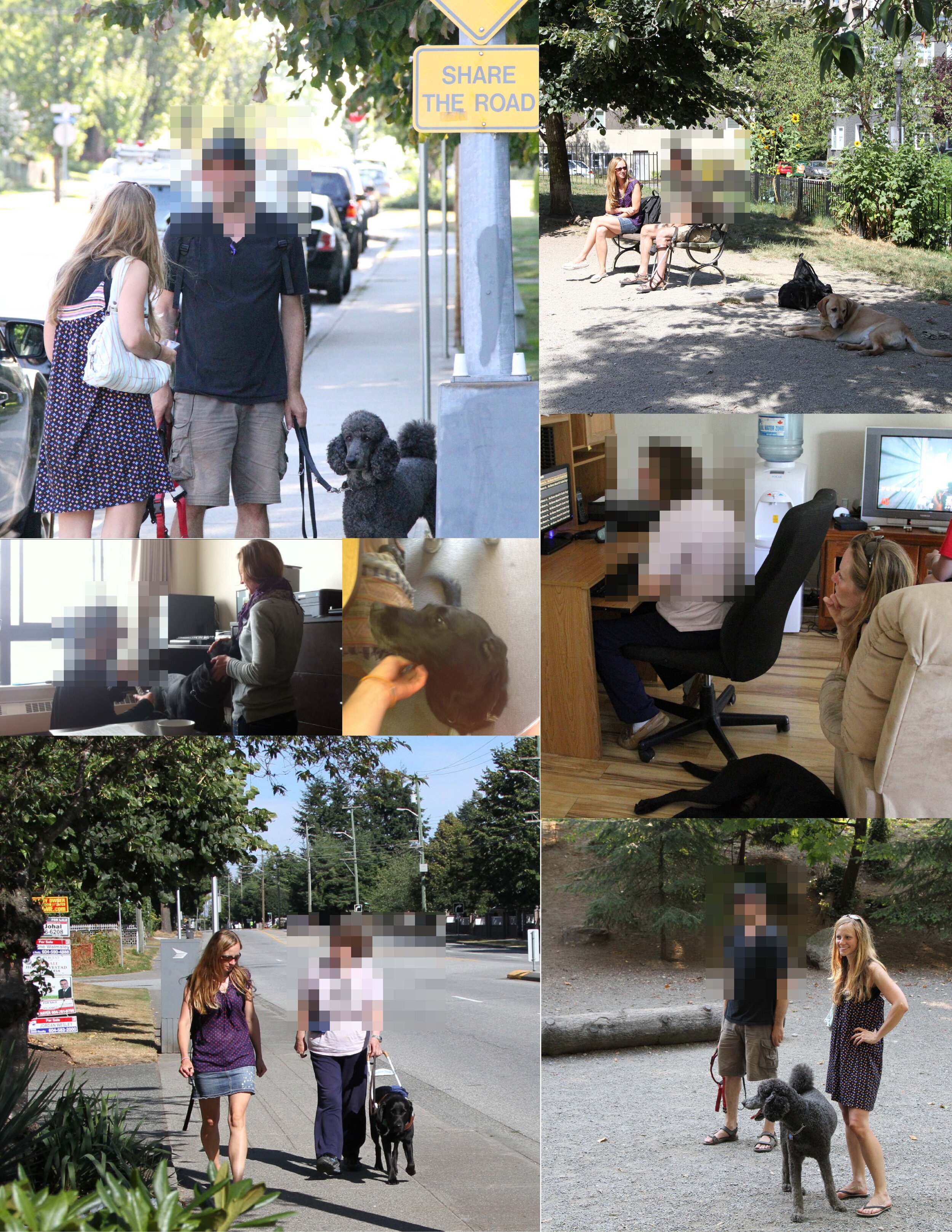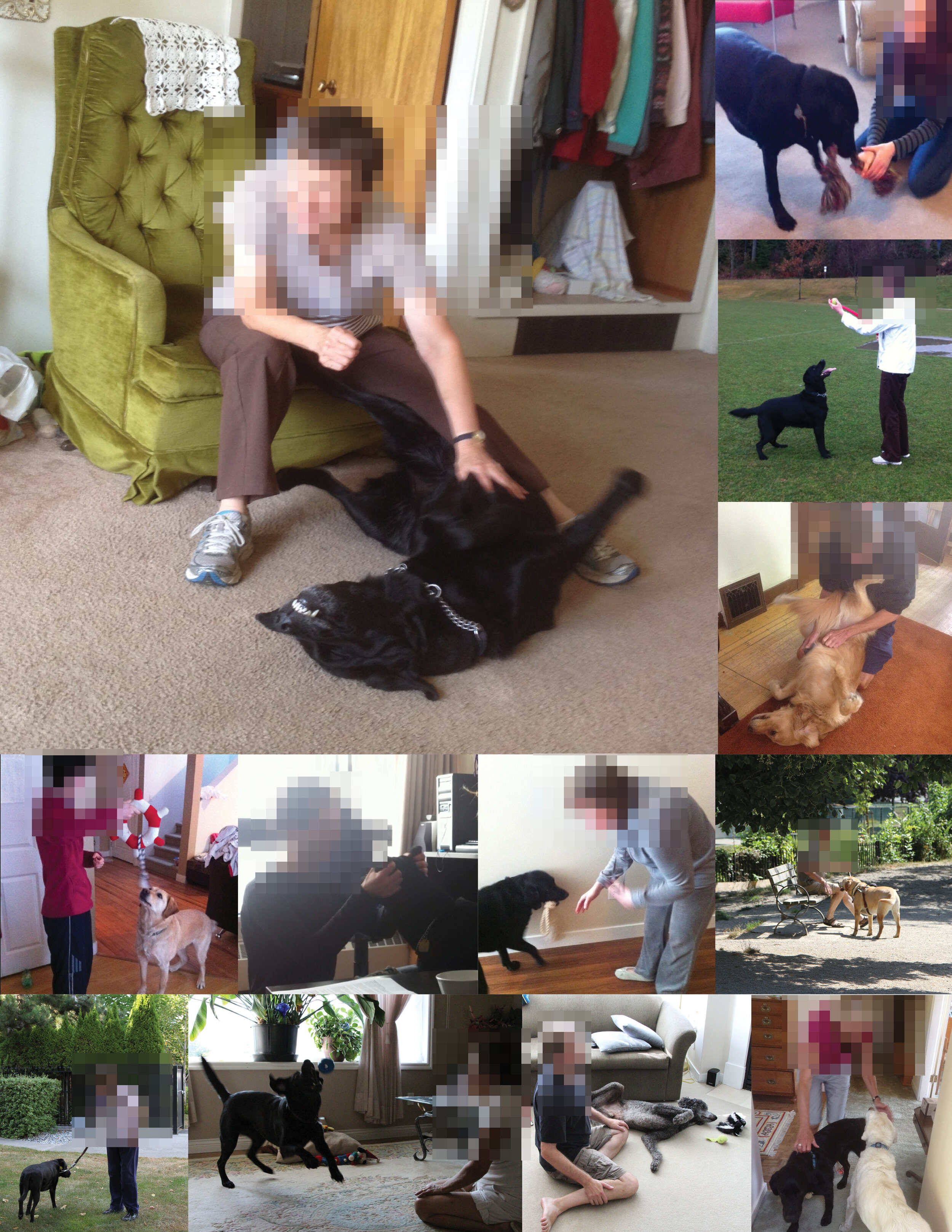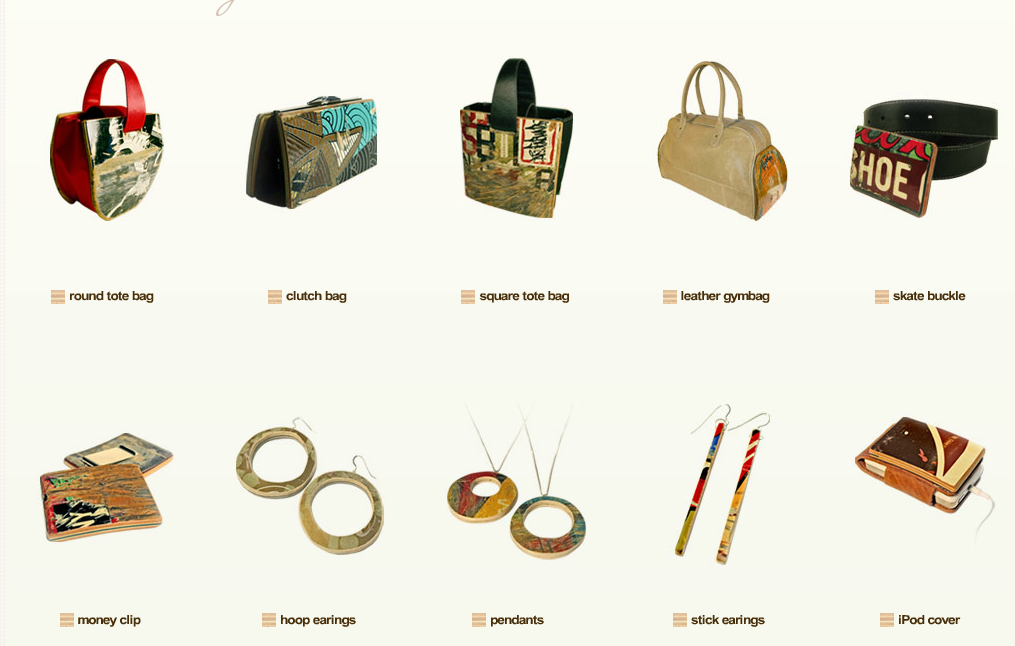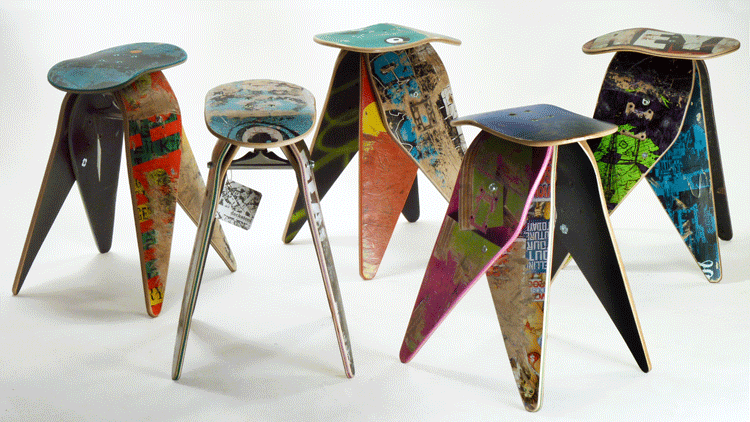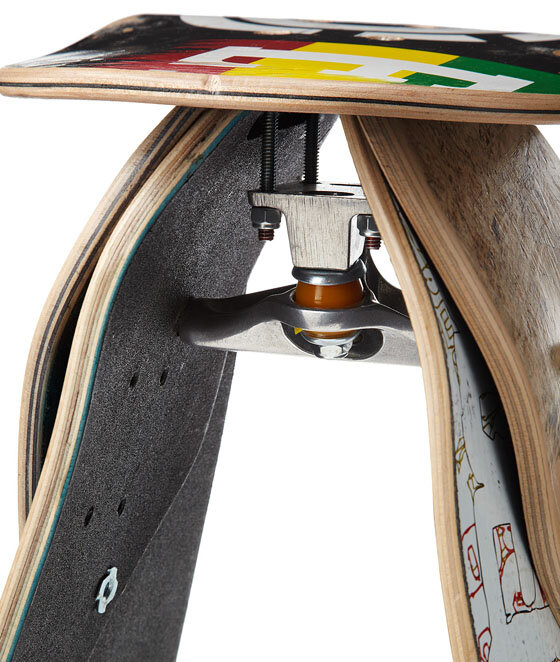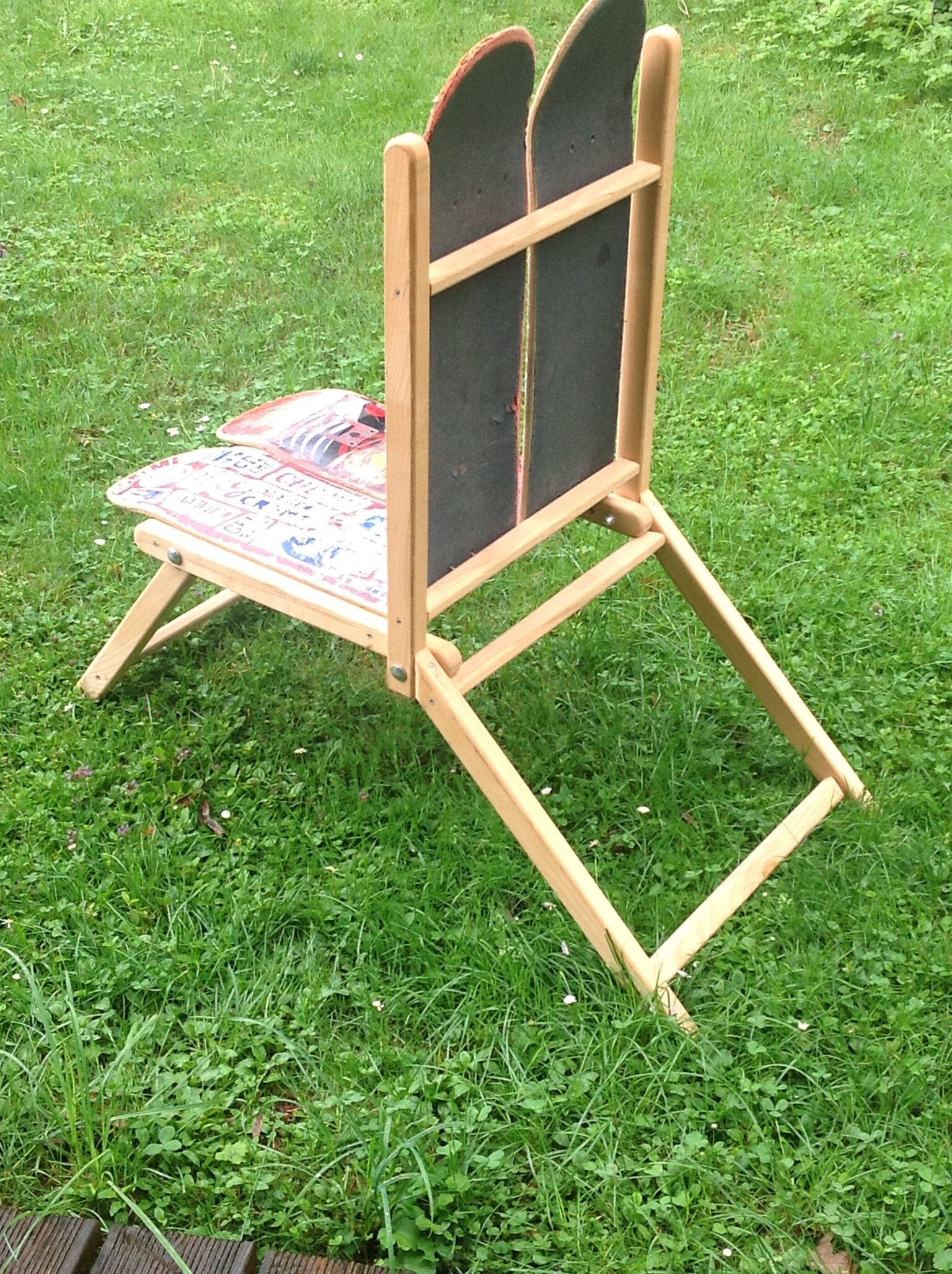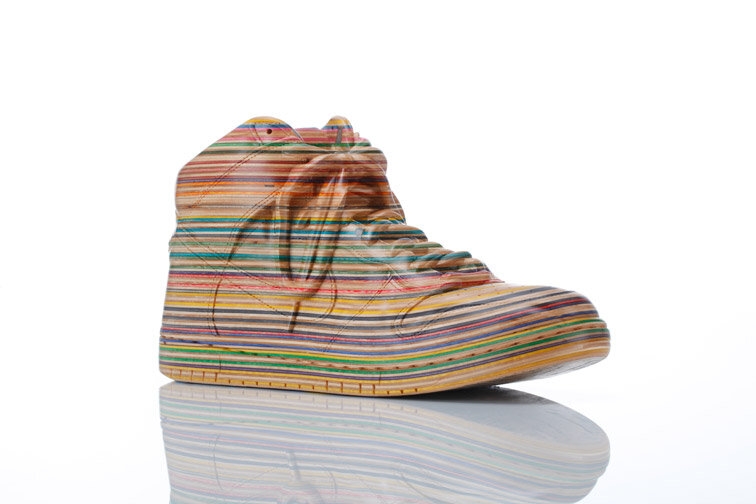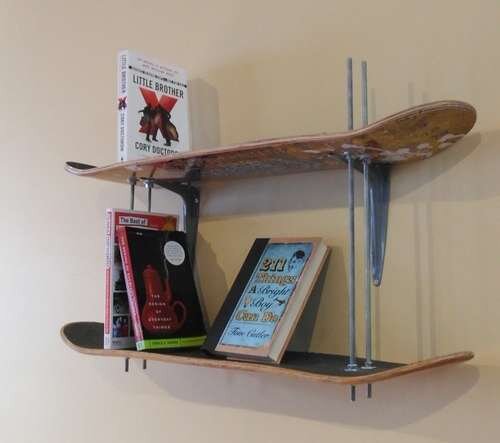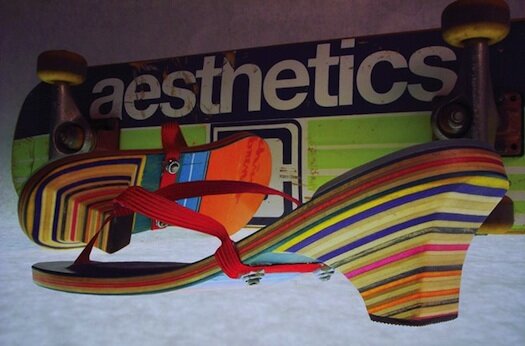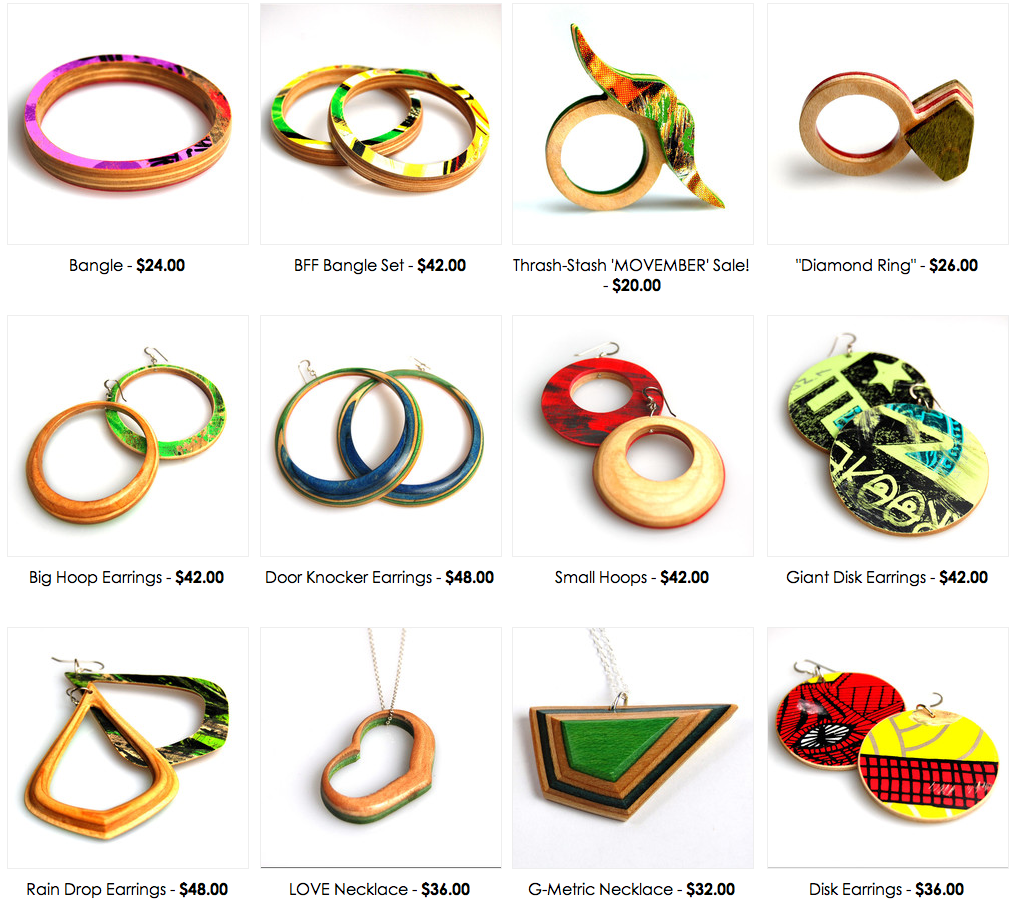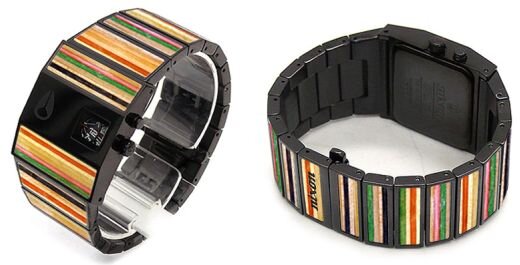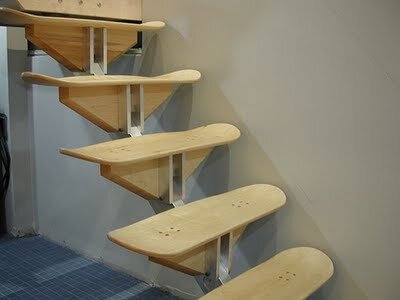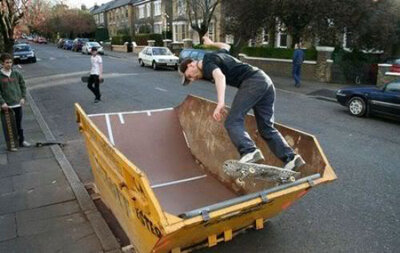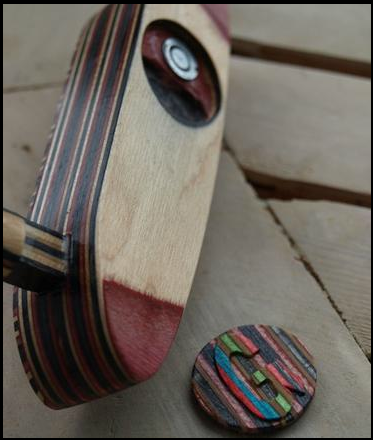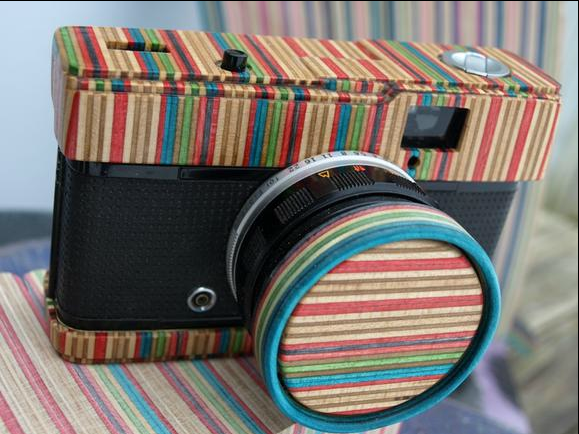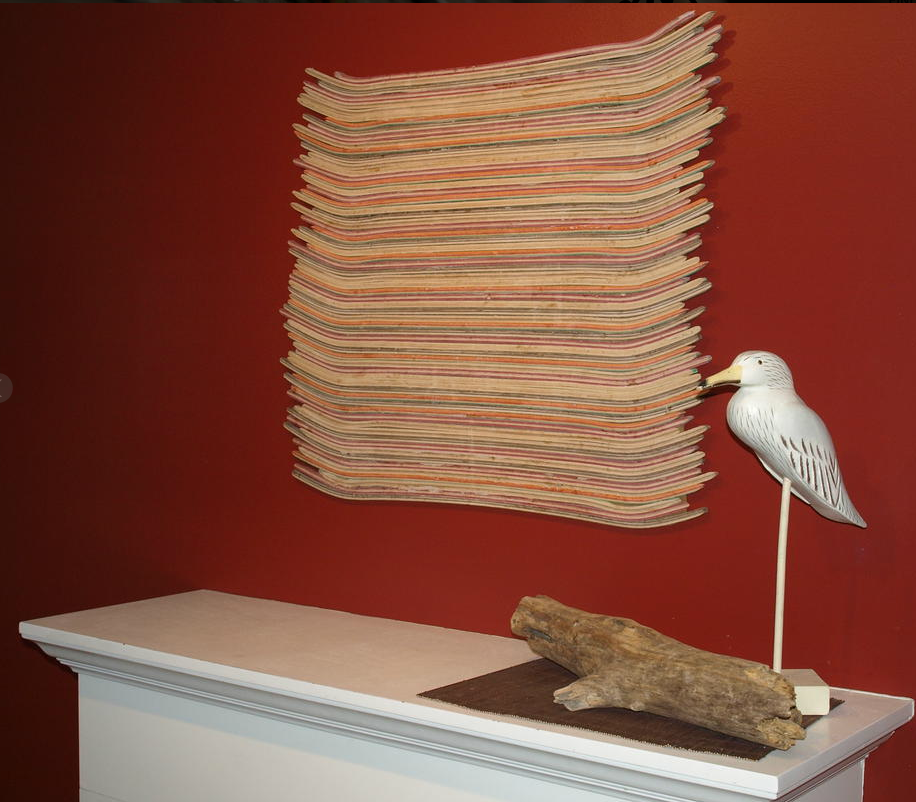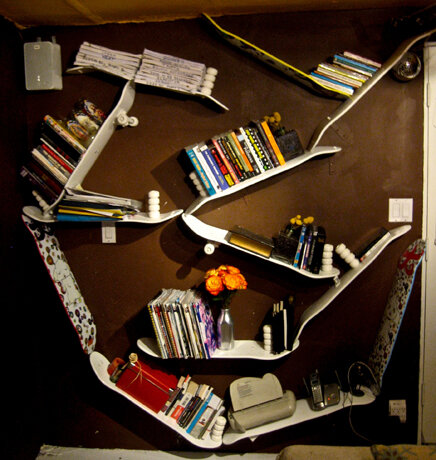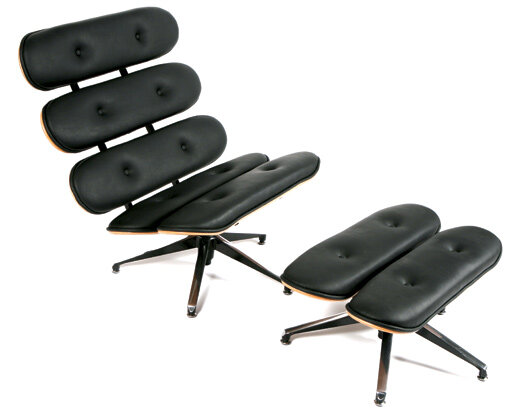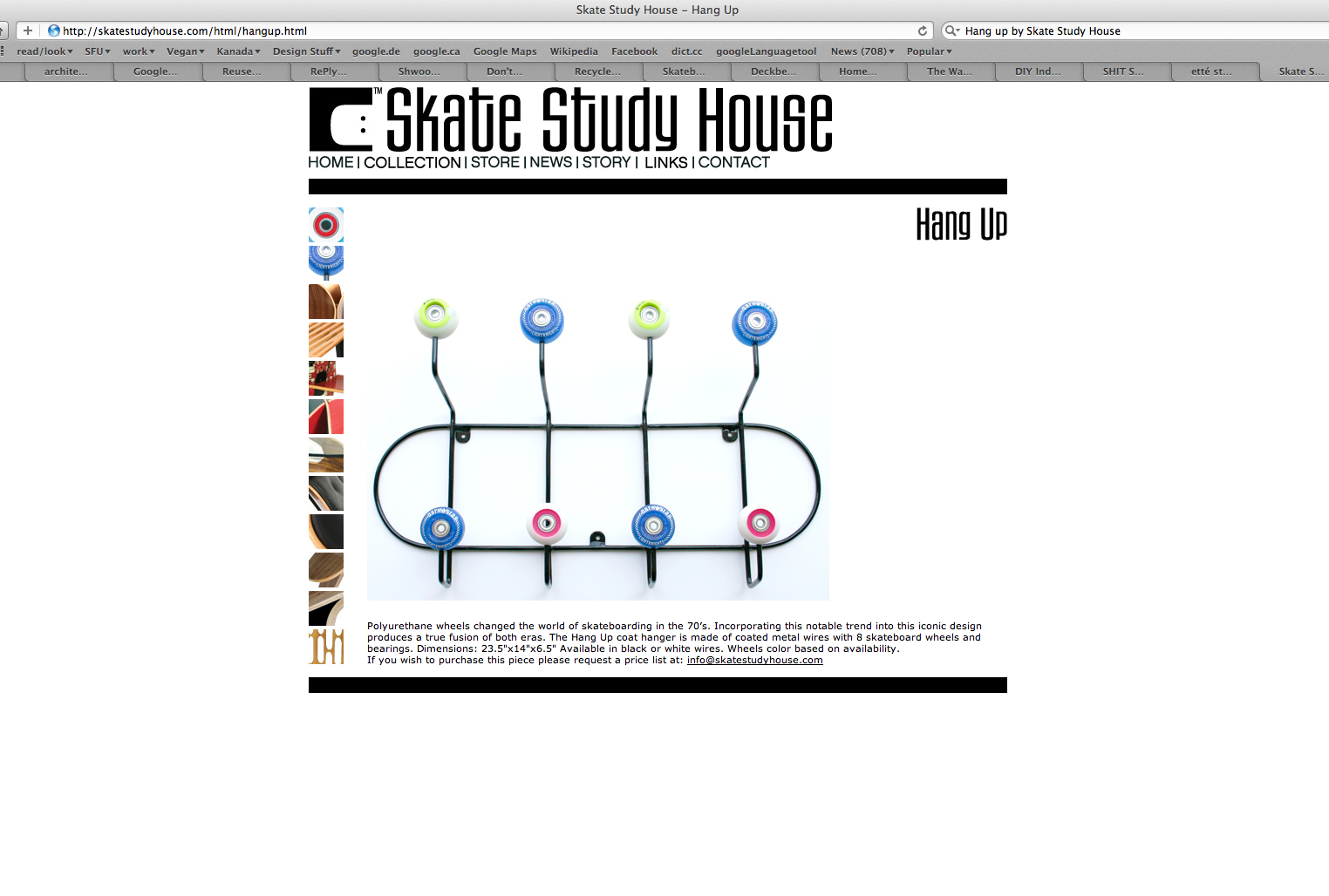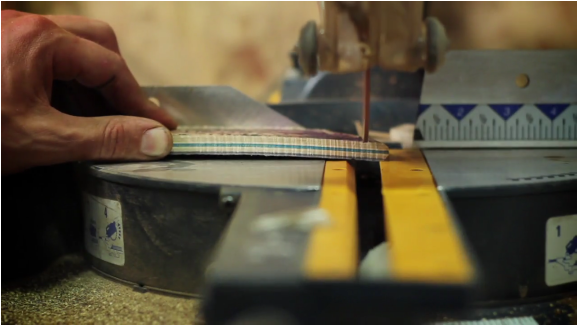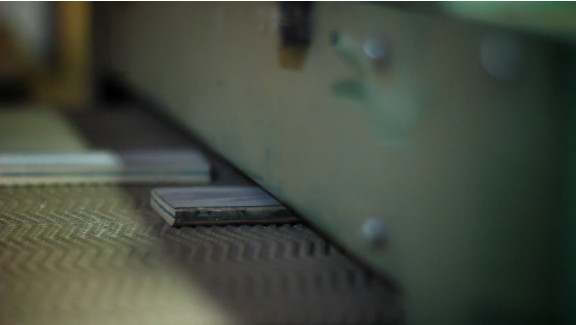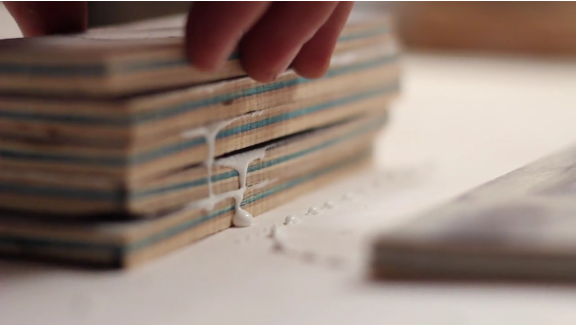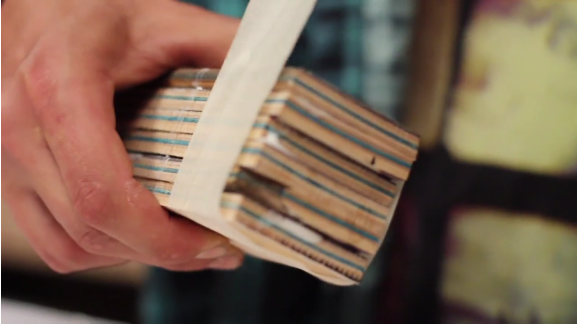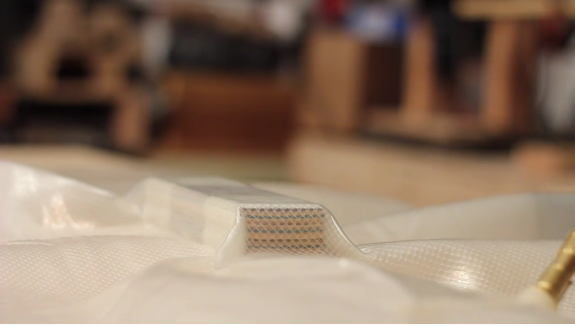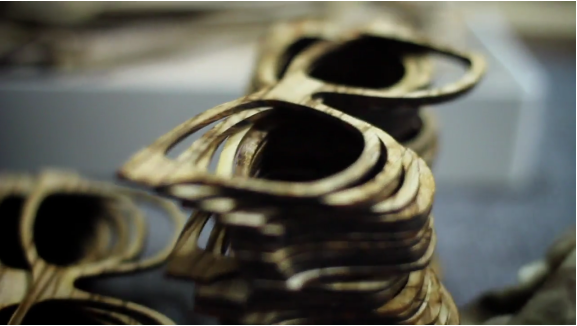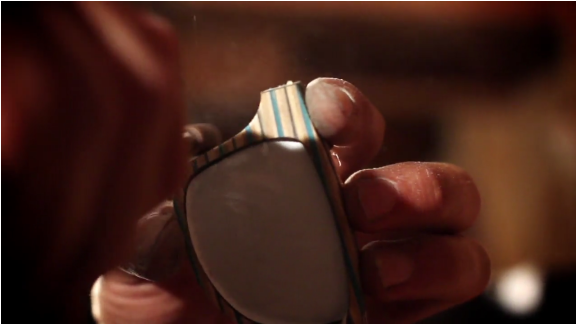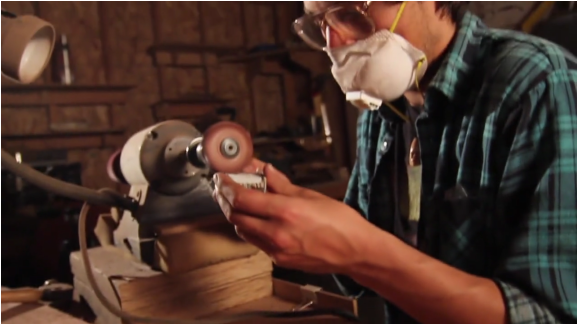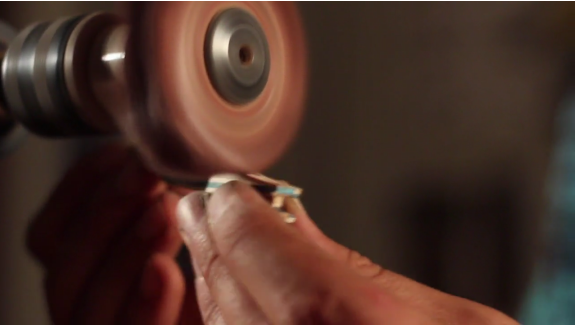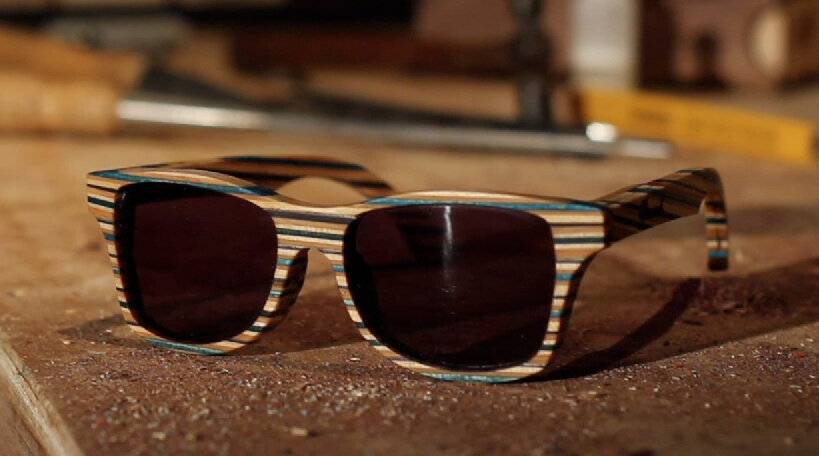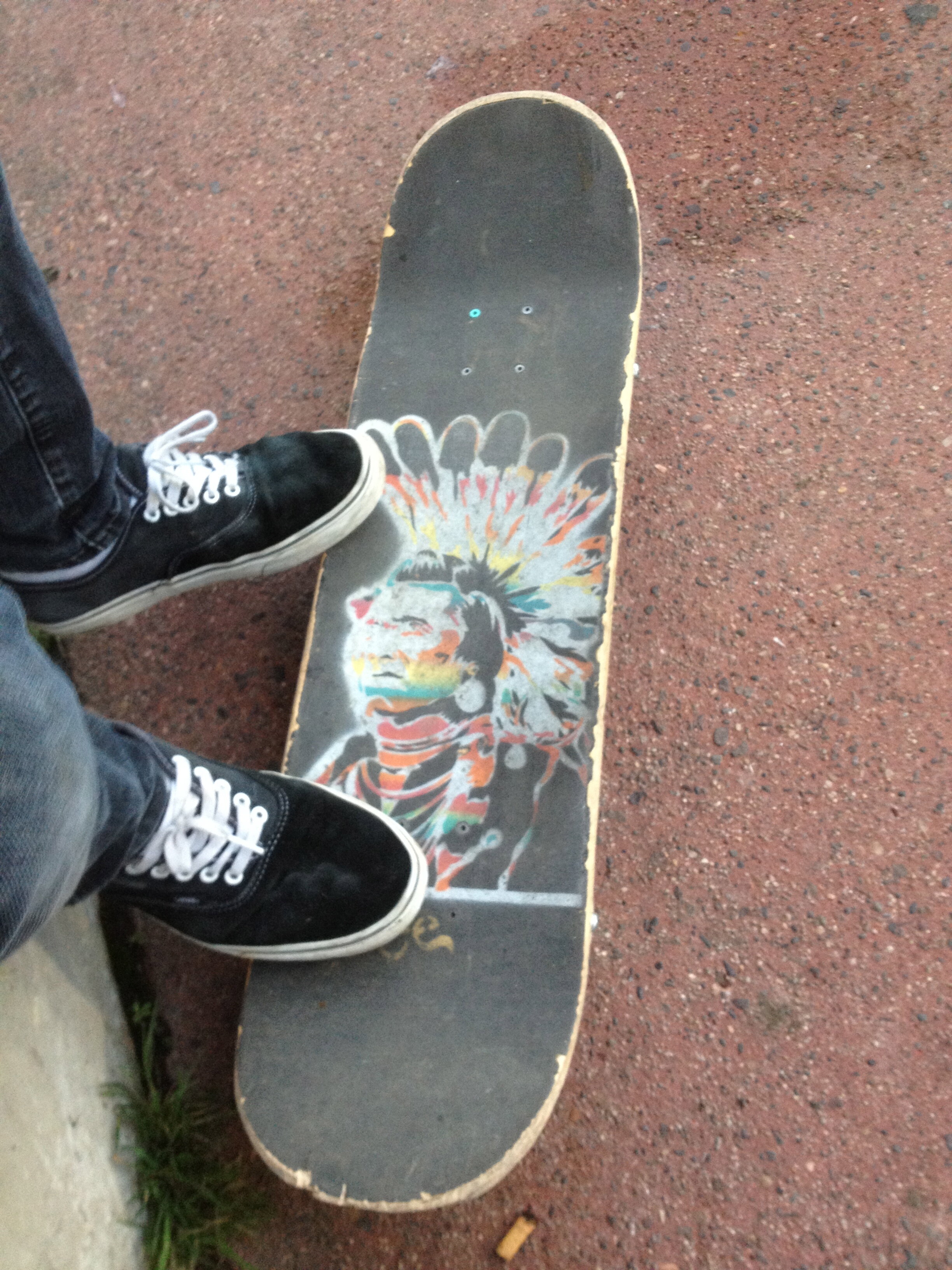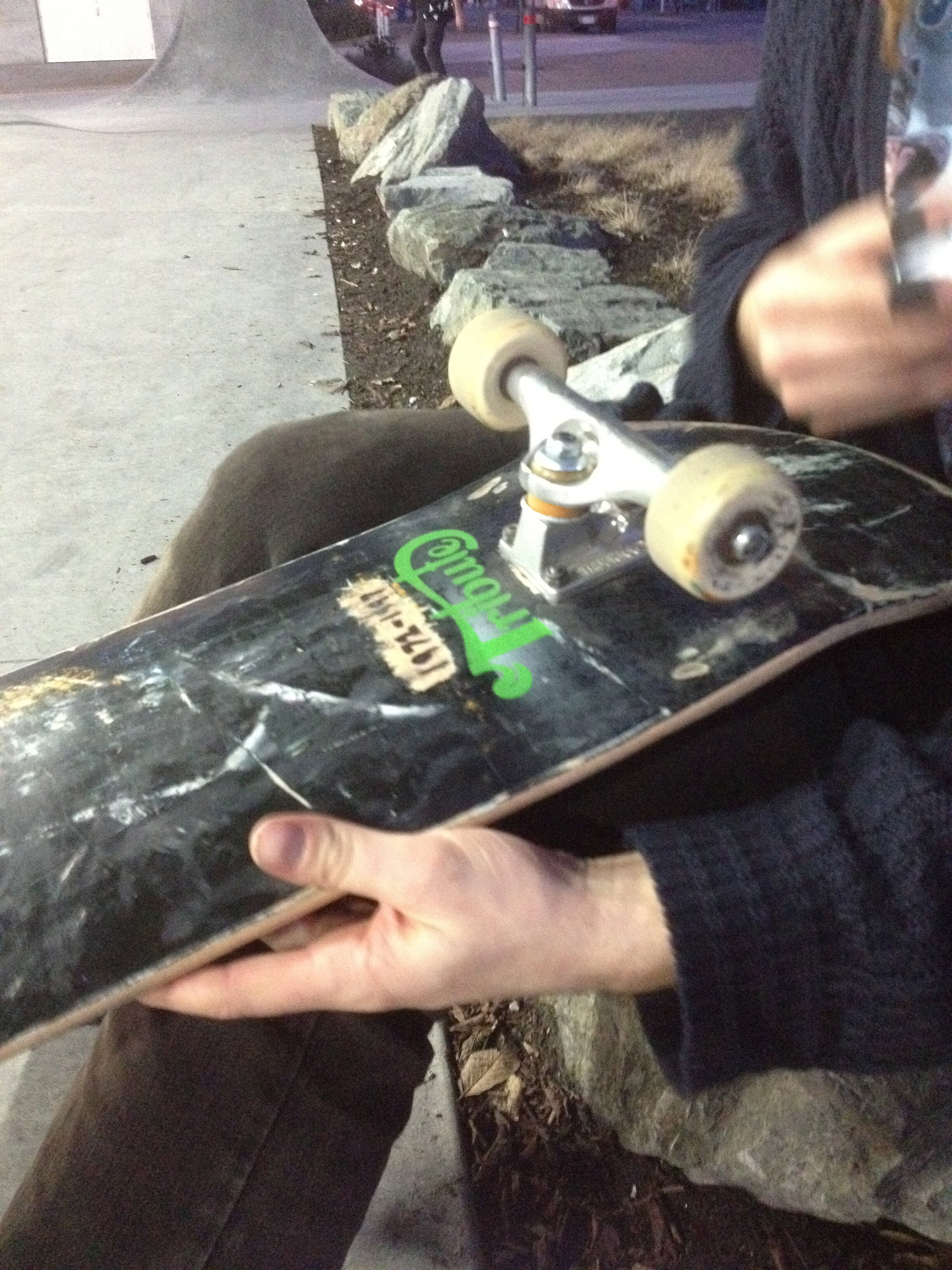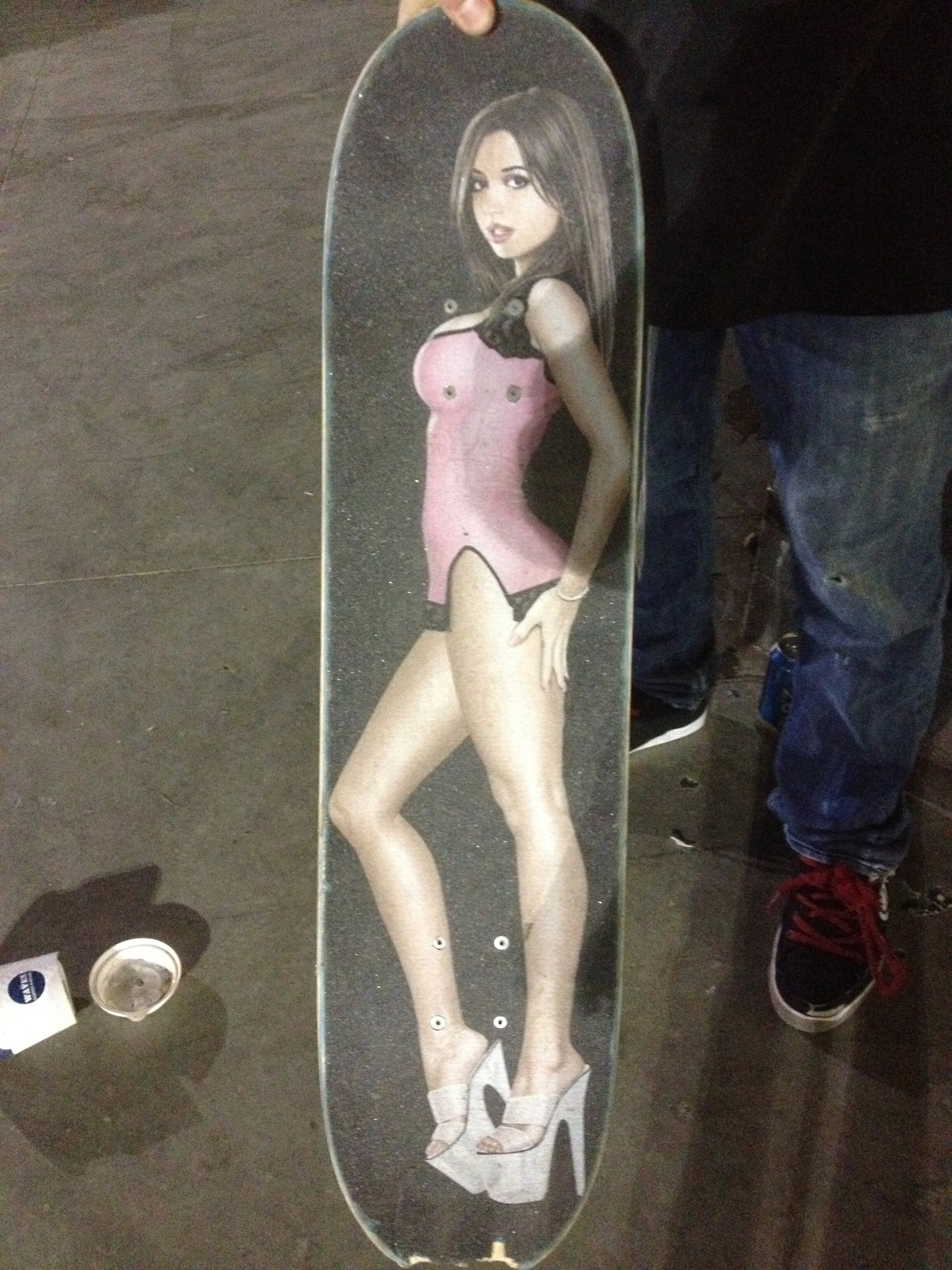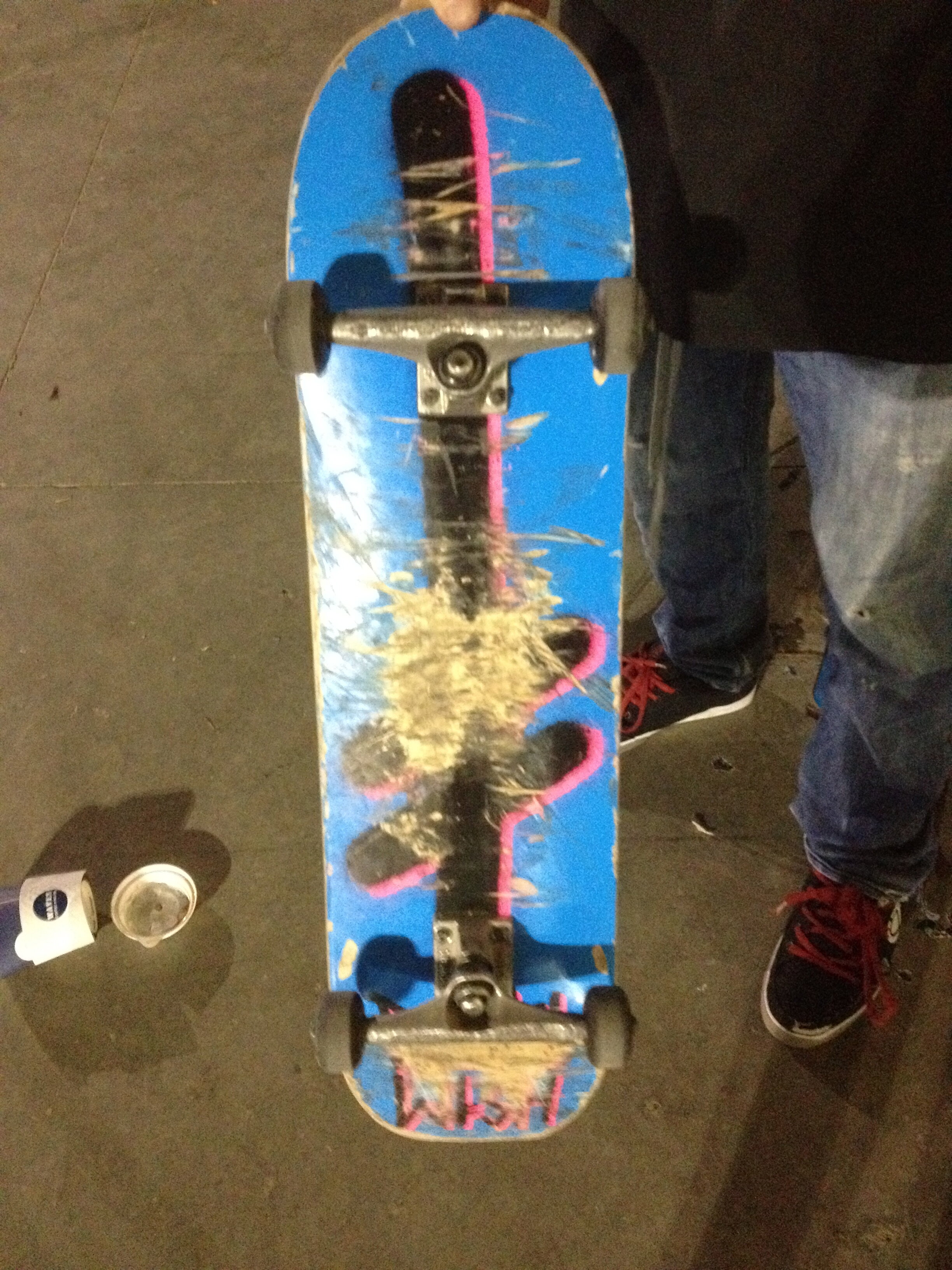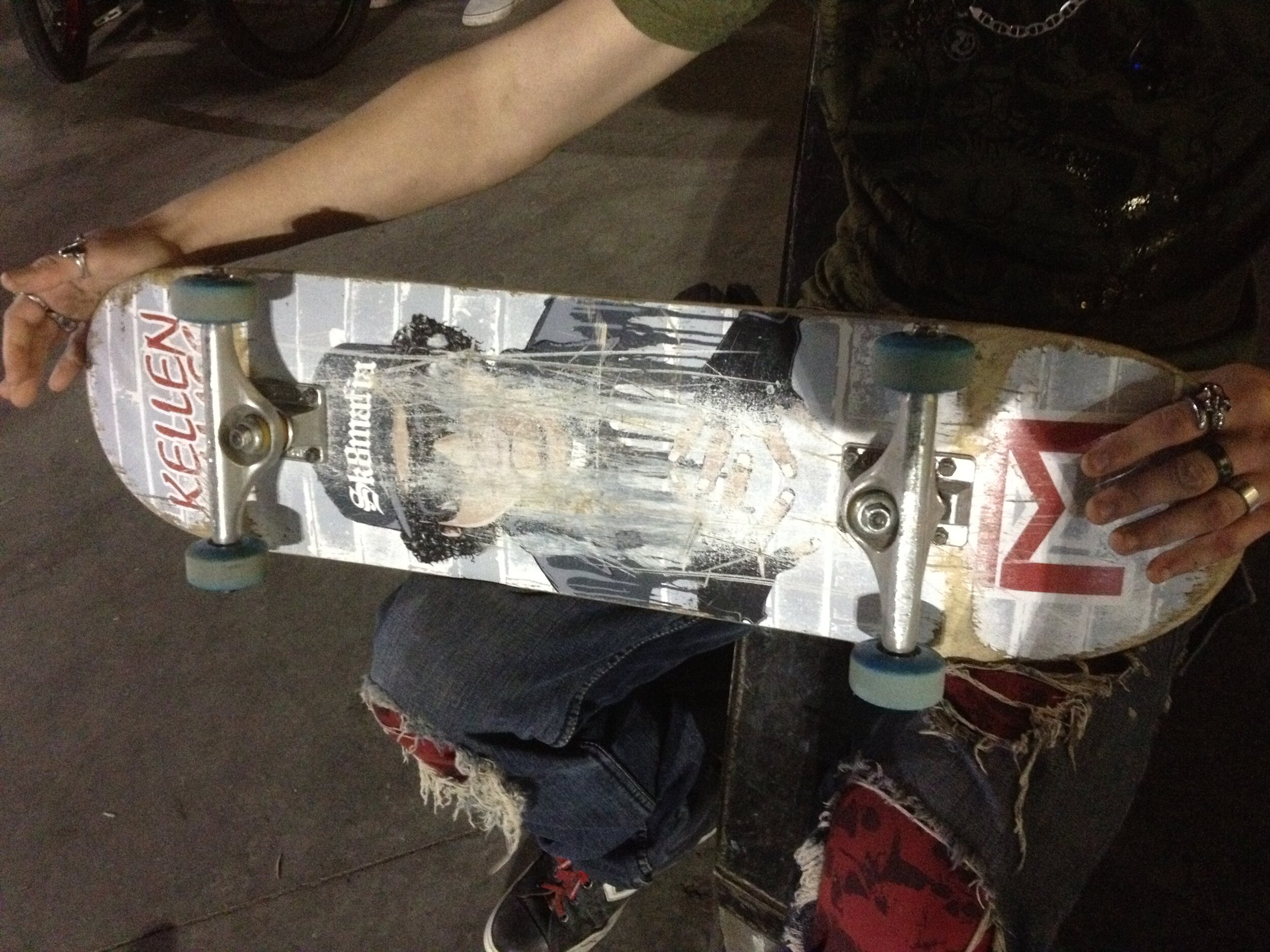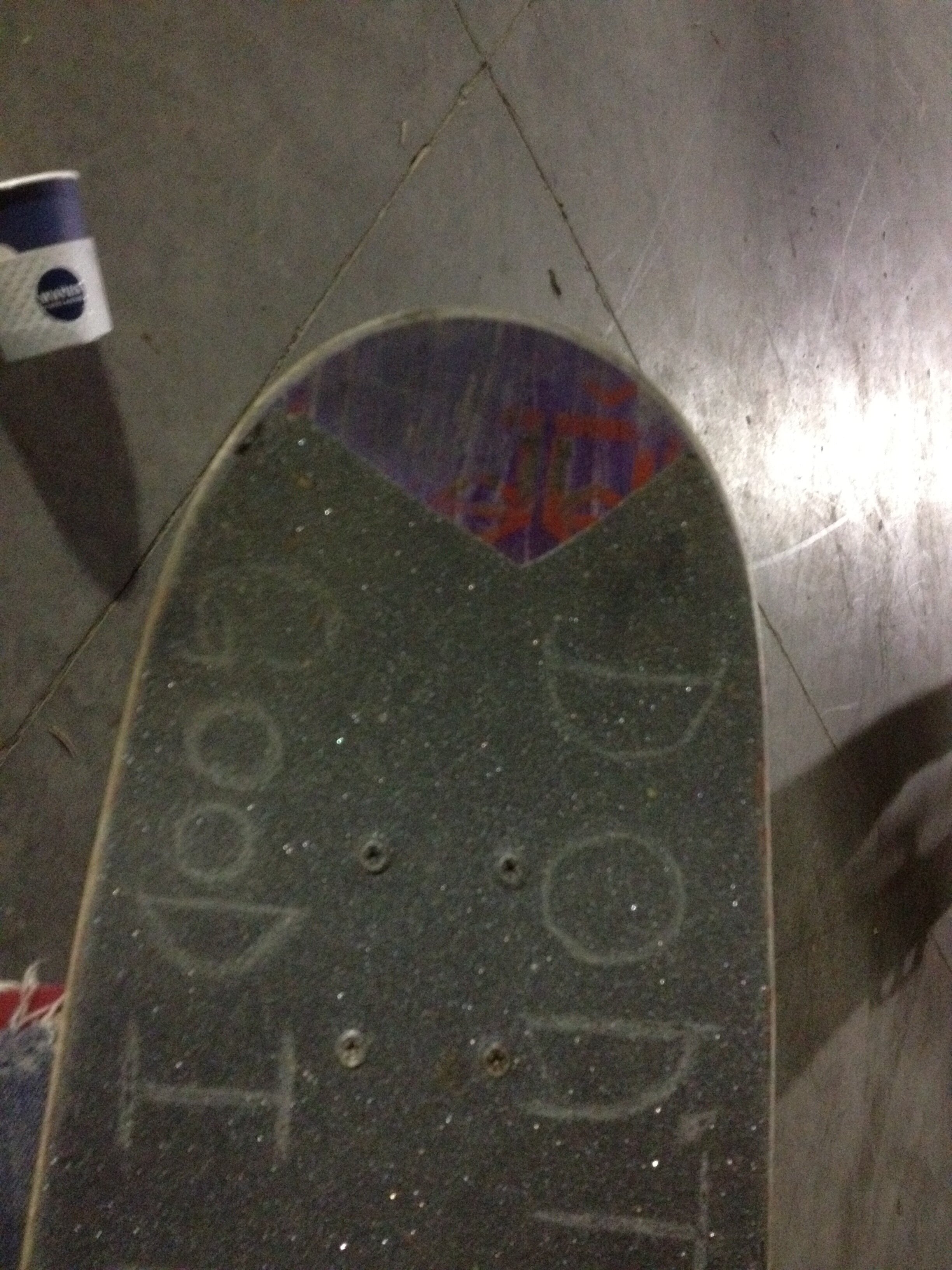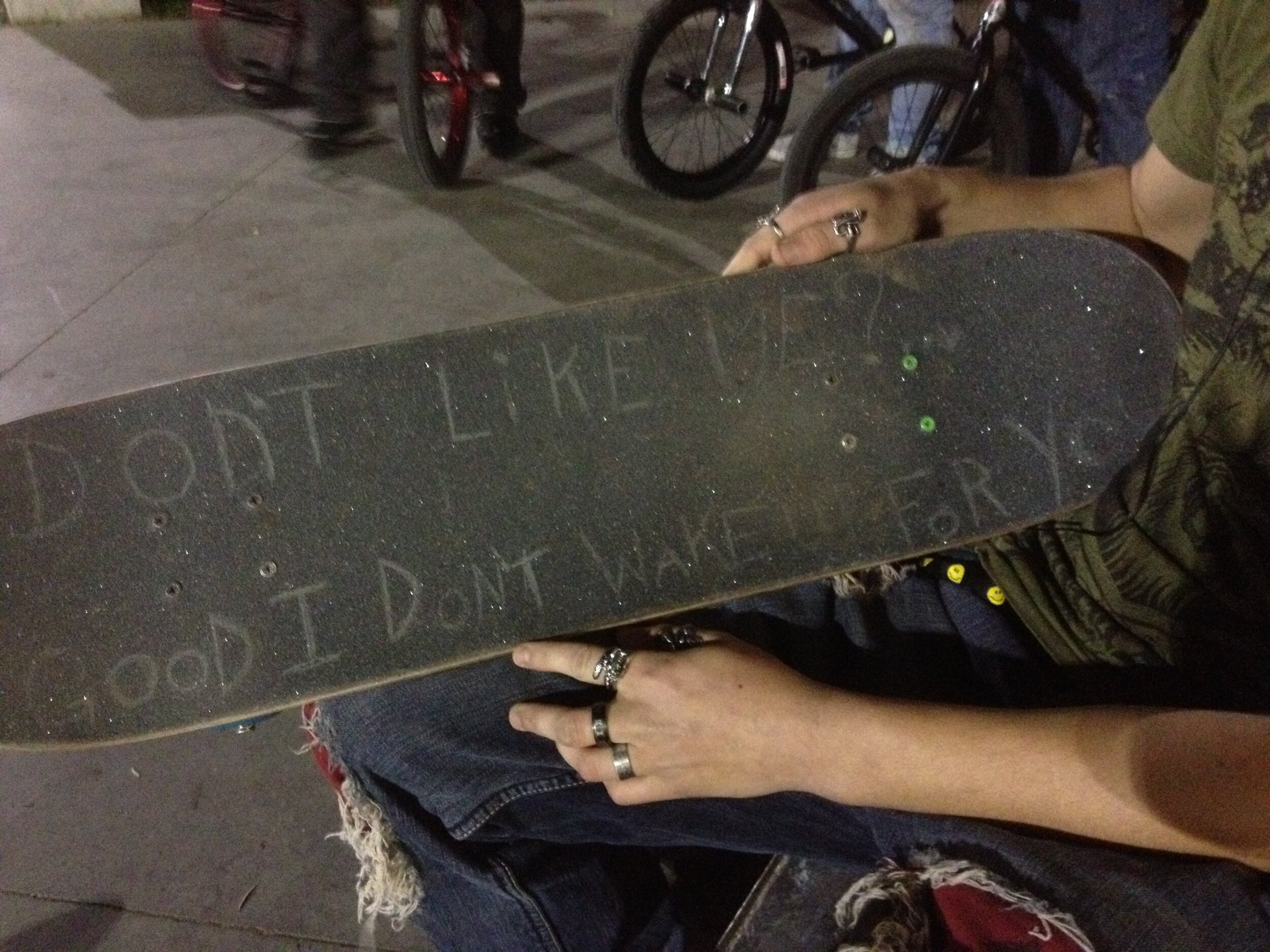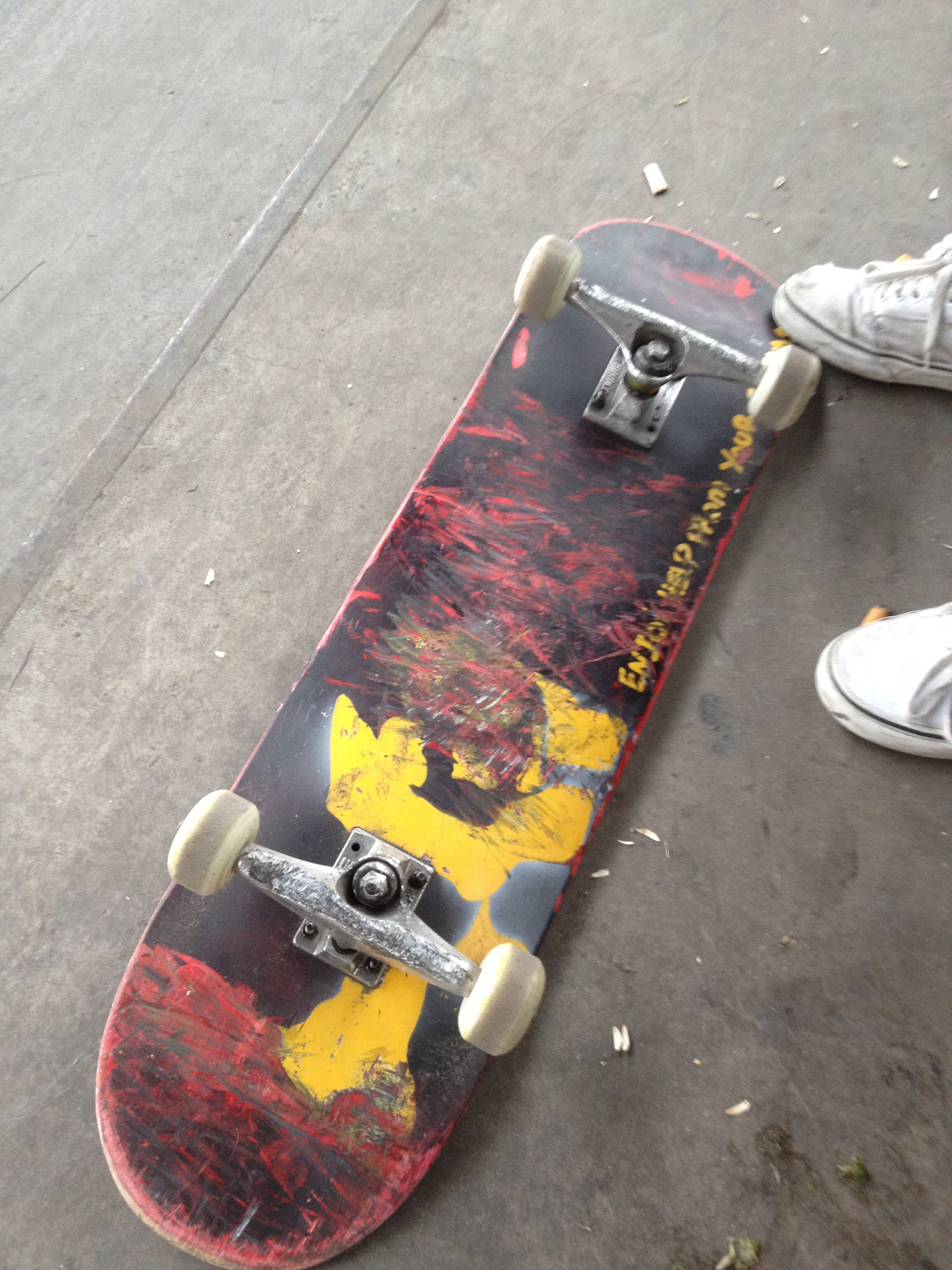Ethnographic Studies of Diverse Groups of People
Interactions of Guide Dog Teams
Doctoral Research at Simon Fraser University (2012 - 2018)
The visually impaired have been a longstanding well recognised user group addressed in the field of Human-Computer Interaction (HCI). Recently, the study of sighted dog owners and their pets has gained interest in HCI. Despite this, there is a noticeable gap in the field of HCI with regards to research on and for visually impaired owners and their dogs (guide dog teams). This research specifically focuses on guide dog teams, presenting an ethnographic study that explores the interactions of guide dog teams revealing differences between their work and off-work relationship. Some of our findings promote design interventions that address issues of awareness, pride, confidence, and trust present in guide dog teams at work but absent in off-work scenarios. We uncover potential for the design of new computer-mediated technologies that can better support the needs of guide dog owners; specifically, enhanced play-interaction through accessible dog toys utilizing smart sensor technologies and mobile apps. The study has been an incredible experience and taught me a lot about Guide Dogs and their handlers and ethnographic fieldwork. BC Guide Dogs has been a very helpful partner in this work.
Later on, this research also became a large part of my dissertation in a new way. Through a philosophical lense I was able to extend the study towards better understanding the mediation of guide dogs, even conceptualizing them as similar to technology and technological mediation.
We published several works on this project:
Hauser, S., Wakkary, R., & Neustaedter, C., (2014). Understanding guide dog team interactions: design opportunities to support work and play. In Proc. of the 2014 conference on Designing interactive systems (DIS 14). ACM, NY, USA, pp. 295-304.
Hauser, S., Wakkary, R., & Neustaedter, C. (2014). Improving guide dog team play with accessible dog toys. In Proc. of CHI EA‘14. ACM, NY, USA, pp. 1537-1542.
Hauser, S., Wakkary, R., and Neustaedter, C., (2013) Work vs. Play: A Study of Guide Dog Team Interactions, GRAND NCE Conference, Research Notes, Grand’13. I have picked up this work in my doctoral dissertation work and taken it a step further by using the lens of postphenomenology to complement human-centered ways of studying these human-non-human teams.
Community and Practices of Skateboarding
Doctoral Research at Simon Fraser University (2012 - 2015)
As an ex-skateboarder, I’ve been interested in skateboarding for a while. When I came to the Everyday Design Studio in 2011/2012 I was introduced to research studies on everyday design that had been done. Everyday design qualifies and defines the types of actions that people do to creatively transform and adapt objects in their daily lives. It highlights a form of creativity that we all take part in and one that helps us negotiate our daily lives through design-in-use and appropriation. Everyday design also includes the work of hobbyists and amateurs who make and reuse design artifacts in their practice. When it came to picking a first topic to explore from a research and everyday design perspective, I immediately thought about looking at how skateboards have been appropriated. Since then, I conducted two studies.
Skateboards and Everyday Design – First Study
My first study was looking at the appropriation of (broken) skateboards surveying how everyday designer reuse, transform, adapt and appropriate (broken or old) skateboards. People, most of them somehow involved in the skateboarding culture, make art, furniture, accessories, jewelry and other things out of old or broken skateboards. See some examples in the images. I interviewed 5 people that were upcycling skateboards to learn about the specifics of their intentions and processes. This study can be seen as a pilot study. We published a WiP (Work-in-Progress paper and poster) about this study. In the paper we used the study findings to reveal a new lens on mobile technology by seeing the skateboard itself as a mobile technology.
Hauser, S., Desjardins, A., & Wakkary, R. (2013). Skateboards as a mobile technology. In Proc. of CHI EA‘13. ACM, NY, USA, pp. 1419-1424. (5 pgs)
The Practice of Skateboarding and Technologies – Second Study
My second study followed up on looking at the skateboard with the developed technology lens. Skateboards can be seen as a personal technology as well and reveal insight into this type of technology as well. Looking also at the practice of skateboarding with this lens reveals interesting facts around technology design and practice-oriented design. In this study I interviewd 12 Skateboarders about their practice and experience of skateboarding, which revealed extremely interesting insight into the phenomenon of skateboarding as a practice, a subculture, an activity, an embodied practice etc. I’m working on another publication with study findings from my second study, in which I interviewed and observed several skateboarders.
